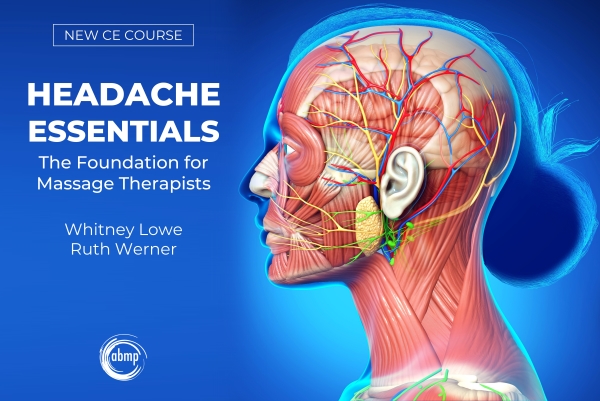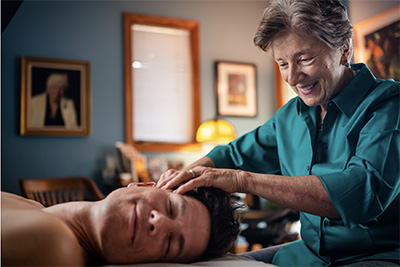This is where you need to begin the paradigm shift toward teaching and conducting business in a COVID-19 world. Considerations about building layouts, classroom size, staff concerns, anxious students, new ways of teaching, clinic protocols—these are just some of the things on your lengthy list.
Safety and Sanitation Considerations
- First and foremost, communicate to staff, students, and clinic clients all new protocols, especially that they are not to come in the building if they are sick or showing any coronavirus symptoms, including but not limited to fever of 100°F or above, any respiratory or flu symptoms, sore throat, shortness of breath, or dry cough. Develop an “attendance” policy check-in protocol for staff and students to report their symptoms to an administrator if they have an absence because of illness.
- Implement front-door temperature checks as part of your protocol for staff, students, and clinic clients. If you have multiple entrances for staff and students, consider a protocol for utilization of just one entrance so they all pass through the temperature check station. If possible, keep clinic clients entering through their separate clinic entrance.
- Require staff, students, and clinic clients to wear masks upon arrival. Have disposable masks available for those who arrive without one.
- Enact 6-feet social distancing protocols where appropriate, and take extraordinary precautions when that protocol can’t be met.
- Ensure that everyone knows the protocol changes and follows them. The CDC recommends you take steps to ensure everyone adheres to respiratory hygiene, cough etiquette, and hand hygiene, and provide alcohol-based hand rub (ABHR) with 60%–95% alcohol, tissues, and no-touch receptacles for trash disposal to help these protocols be met.
- Develop protocol and sanitation plans for every part of your building. Who is in charge of cleaning the front door, lobby, and reception areas? Who is taking the temperature checks and handing out verbal protocols for visitors entering the building? How do you break up the other cleaning duties, including bathrooms, classrooms, meeting areas, clinic space? These are not just end-of-day tasks. Is it viable to think about hiring a janitorial team to help with classroom and treatment space turnovers? Or, does involving students in the post-class cleanup satisfy your sense of sanitation security? Who is responsible for evaluating and reconfiguring classroom, gathering, and clinic spaces to meet state and CDC guidelines?
- Develop protocols for if/when someone becomes ill while at school, and if you get a confirmed COVID-19 case. Utilize the CDC’s best practices for institutions of higher education to develop your protocol.
- Post signage for staff and students on hygiene and safety measures.
- Create an entry and exit protocol for spaces in your facility, that every student and staff member follows.
- If you have a student or faculty lounge, limit and/or separate seating.
Staff Considerations
- Make sure your staff are the first to know the new plans and policies going forward. Communication is key to keeping your team engaged in the arduous process ahead.
- Engage everyone in the development of new protocols and let them have a chance to be heard.
- This is a good time to have daily check-ins, in addition to your standard meetings as you prepare to bring everyone back to campus.
- Let staff have an opportunity to share concerns and ask questions all along the way.
- Cross-training staff might be more important than ever. Make sure everyone has backups if extended leaves are necessary.
- Consider allotting more sick leave for staff so no one feels obliged to come to work when they’re ill.
- If some staff can effectively do their jobs from home, let them do so. Create a policy around this to give clarity to the team.
- Train staff on the new protocols and processes and help get them to an acceptable level of comfortability before students return.
Student Considerations
- Consider developing a student contract that asks them to commit to providing the school clear communication about any symptoms or exposures they may have had, and commit to the hygiene and sanitation protocols. In return, commit to students that the school will stay proactive in communicating new changes in policies, protocols, schedules, or other noteworthy items. Continue to explain to students the work being done at the school via sanitation and CDC guidelines to keep everyone safe. Communicate often.
- Create tiered levels of response for students who are having trouble making their school payments because they or their partners have lost jobs.
- Find ways to motivate, inspire, and calm the fears of your students. Many may be rethinking their career choice in the midst of this pandemic. Part of your job will be to help them see the opportunities beyond this current crisis. Share your passion.
- Consider adding topics like practice sustainability or product retail to your business classes.


